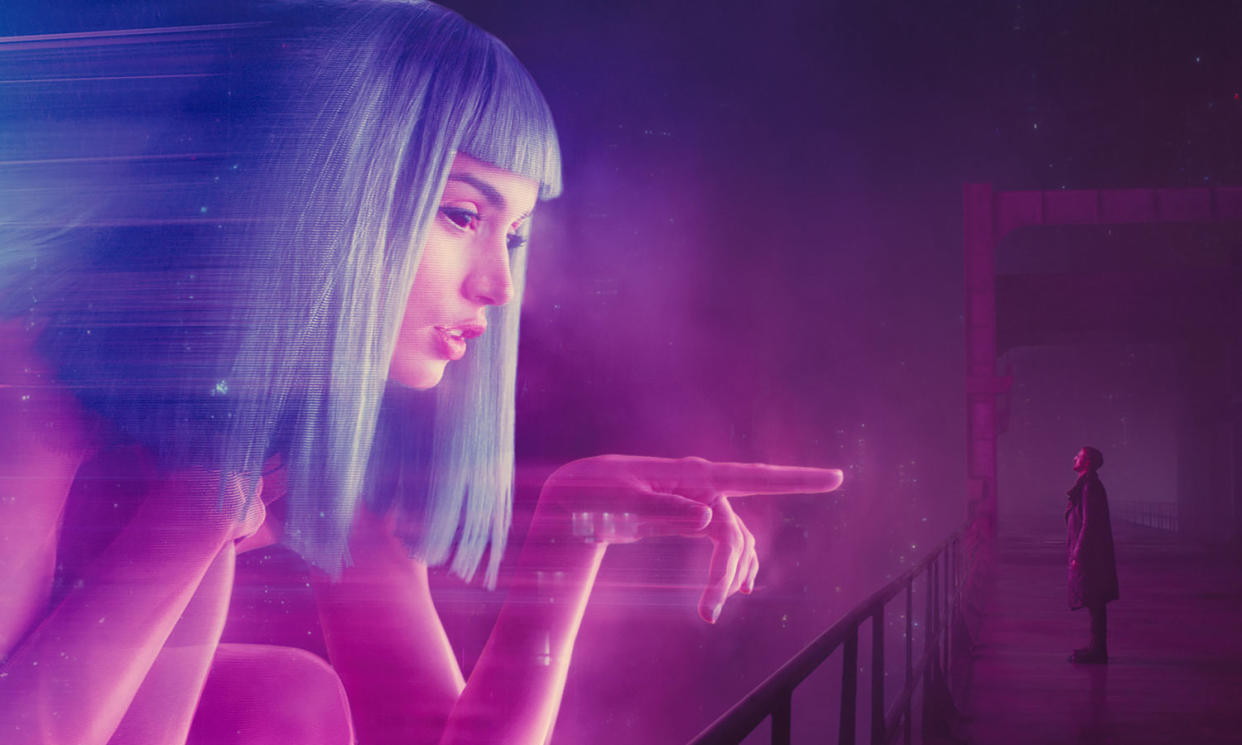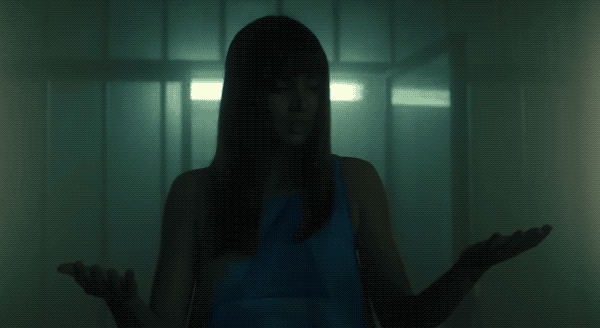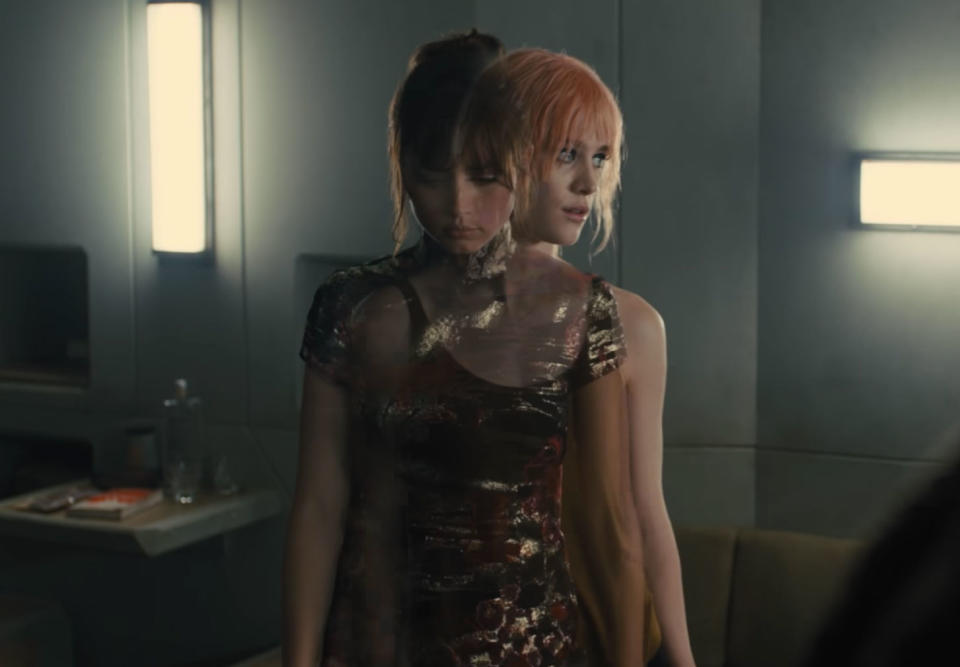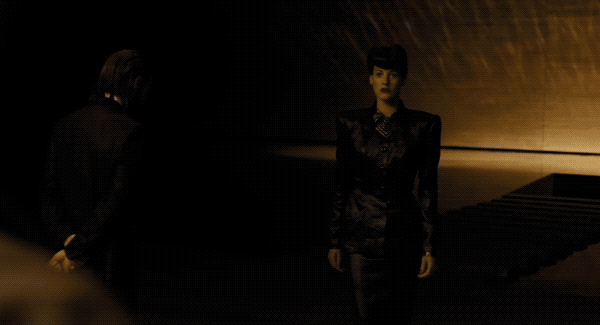'Blade Runner 2049's VFX supervisor reveals the film's most complex sequences

Blade Runner 2049 arrives on 4K Ultra HD, Blu-ray and DVD on Monday, 5 February (on digital download now) giving us all another chance to luxuriate in the majesty of Denis Villeneuve’s meditative sci-fi thriller.
The critically-acclaimed sequel to Ridley Scott’s 1982 masterpiece received a muted reception at the box office, but has since been rewarded with 5 Oscar nominations, and 8 BAFTA nods. Both academies have rightfully recognised the film’s visual effects which were overseen by the Oscar-winning VFX supervisor John Nelson.
Nelson, who won the Academy Award for Best Visual Effects at the 73rd Academy Awards for his work on Gladiator, admits he wishes more people had seen the film how it was meant to be seen – on the biggest screen possible – but he’s excited that a new audience will get to discover it anew on home release.

“Right now the response to the film with the press, and the awards, has been great,” Nelson tells Yahoo Movies. “I wish more people would get out and see the movie, because I think once they see it… most people who’ve seen the movie really, really, really like it.”
“There’s a lot of competition in the marketplace to get out and see things, and I think some people haven’t seen it yet. But hopefully the video release will take care of some of that.”
We spoke with John ahead of the Blu-ray release to learn more about how 2017’s most visually stunning movie was made.
Warning: The following contains Blade Runner 2049 spoilers…
Yahoo Movies: I think the best way to enjoy this movie is on the biggest screen possible, with the best sound you can get, is that fair?
John Nelson: A friend of mine who is in the Academy, they came up to me and said ‘wow, it’s like an experience’. Particularly when you combine it, I think – we did a tremendous amount to make things for together, and you have to credit Denis [Villeneuve] for this, because he’s such a complete filmmaker.
I was at a panel with Hans Zimmer and Mike and Theo [Green], the sound guys, and they were talking about how the sound and the music completely bend together, so it became one thing, the sound and the music. And I think that, in some ways, the visual effects and the cinematography were the same thing. We fitted each other, and dovetailed into each other to try to make this complete experience.
It’s everybody’s work, certainly, it takes a million people to make a movie but it all comes out of working for Denis. Because Denis loves cinema so much, and his vision really uniquely comes from exactly inside him.
Working for somebody like that, it’s a pleasure.
How involved was Ridley Scott in the filmmaking process?
As far as Ridley was concerned, he was busy doing Alien: Covenant.
He wrote the Blade Runner 2049 script with Michael Green but he was doing Alien at the same time we were filming. He was busy doing his own film and then he came in when we were shooting while Harrison [Ford] was there. He came by and I showed him everything and he was quite pleased with it, certainly with the effects and everything else that was going on.
After the film was finished, he liked the film quite a bit, so Ridley was involved but it’s Denis’ film. When you look at it, it’s like you look at a painter, a master painter, and one painter’s going to paint it one way, and one painter’s going to paint it another way. But they’re both brilliant. They’re both brilliant in their own way. It’s just they’re different, because they bring different experiences from their own interests and their own upbringings to where it should be.
He wanted it to feel like Montreal – Denis is from Montreal – he wanted it to feel like the Montreal he grew up in. Like Montreal on a bad day in February. I knew exactly what he meant.
Montreal is just like Detroit but 10 degrees colder. So we really made it look like that. Everybody brings something from their own experience to it, and Denis was certainly doing that.
Which VFX sequences were the most difficult to achieve?

Early on we knew that every scene needed to be amazing and as close to perfect as we could make it. Everyone always says that, and in big films there are sections that you like, and sections you don’t, but we knew that everything had to be good.
Fortunately for us, everyone was concentrating on that, so even smaller scenes were really, really good. I think the three most difficult areas were the cities, and when I talk about the cities I mean Los Angeles and Las Vegas. We also knew the trash basin would be really difficult because it’s really big, it’s almost like a mini-movie in itself right in the middle of the picture.
So if you look at the city and the trash basin, that’s one group we knew would be really difficult, and the second one was Joi. She’s really super-important to the story because she’s there as K’s companion, his wife almost. We knew that we wanted to make her different and not make her look like most holograms, we wanted her to be a bit more real.
We wanted her performance to shine through, and so we came up with this whole thing of a ‘back shell’ which is like looking at a glass of water. When you look at a glass of water, and you turn it around you can see through the front to the back.
We also knew that Joi, we did not want her to look like she was made in a computer. We really wanted to preserve the realism. That was a big thing for us in this movie, to have things look analogue, and look like they could have been photographed and not generated in a computer.
So, what we did with Joi, is we shot Ana De Amas, and then we would film her and track her with CG objects, and then project her image onto the CG object. So her front image is real because it’s made of Ana, but then the back image that you see through is like a reverse of that image on the back and you see through it, and that’s generated in the computer.
So, her volume is generated by the computer so she looks volumetric, but her realism is surface, because we’re only using Ana’s performance for the front image.
The merger, of course, was mind-bending because it was trying to merge two women. We shot them separately and then brought them together, and it makes this third woman, preserving the performances of both Ana and Mackenzie Davis.

Once they’d merged they’d perform this third woman that would also perform and throw looks at Ryan, and it was really a trip.
Then the last tricky part was Rachel. Rachel was almost a year’s worth of work by a very small team at MPC Montreal, headed by Richard Clay.
Creating a photoreal human face is really incredibly hard. It’s incredibly difficult. We’re all experts at what a human face looks like from the time we’re like 3-days-old, right? So you really have to drill deep into what makes that face look real.
For us, what we did is we really analysed Sean’s face amazingly well. She’s really beautiful, she’s got this unusual beauty where her eyes stick out in a different way than most people.

I learned a lot about makeup from the 80s. We talked to every woman on the crew, and they told us about makeup and how it works. We went back in and we took scenes from the original movie to prove that we were in the right place, and we would replace one shot in the scene.
When I first started with getting Sean’s face right, I would get her face and the producers would say ‘that looks like Rachel, but it’s not Rachel’. So what I did was I went back and with Richard, took three scenes from the original movie and replaced one scene, and I showed it to them without telling them, and they said ‘why are we looking at this from the old movie?’
And I said ‘you’re looking at it because one of the shots is a digital double’ and they went like ‘WOAH’.
So then we knew that we had gotten her to match. So now we needed to make her act, so what we did was we went back and we facial-captured Sean, and also this other body double actress Lauren Peta. We captured them both and we had those a facial capture drivers, but then we also went back with all the research we’d done into the old movie, we wanted it to not just look like Sean Young from No Way Out or Dune, we wanted it to be Rachel from Blade Runner.
So we went back in and really captured all those nuances that she did in her performance and then we tried to incorporate those into the nuances of the new film.
It was just an endless amount of weekends. Some weekends we would work all on Rachel or all on the merge because they were just so difficult. They were just so difficult. There were so many really small nuances that we needed to put in.
Blade Runner 2049 is available on 4K Ultra HD, Blu-ray and DVD from 5 February, and on Digital Download now.
Read more
Why this Matthew Broderick photo went viral
Every live action Disney remake in development right now
What’s new on Netflix this week?



